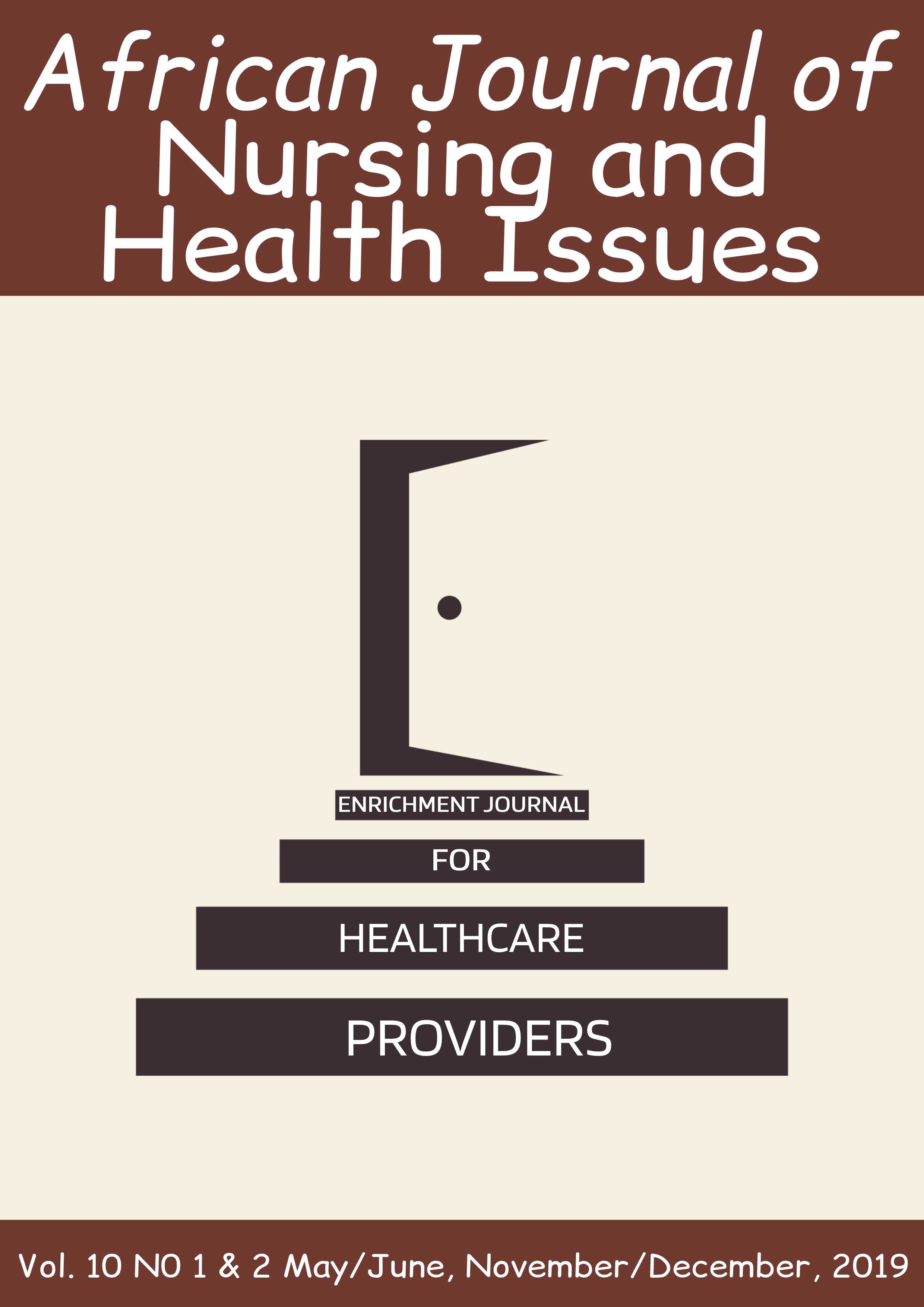
Maternity Services in Primary Health Care Facilities in Sagamu Local Government, Ogun State.
Background: Not less than 287,000 women die in pregnancy and childbirth every year, with over 50% of this figure from sub-Saharan Africa, even though majority of them have normal, uncomplicated pregnancies. Maternal health is highly contingent on the quality of the local primary health care system, which is the common entry point for antenatal care that helps identify problems in pregnancy as early as possible.
Aim: The aim of the study was to examine the maternal health services available in primary health care centres in Sagamu Local Government Area of Ogun State, and women’s satisfaction with such services.
Method: A purposive sampling was used to select participating health centres, while a convenient sampling was used to select research participants. The study used structured checklist and questionnaire as instrument of data collection. Both instruments assessed the health facilities and consumers of health services (clients), respectively. All the 16 PHC centres rendering 24-hour maternity care services were selected for the study, while the remaining five (5) not rendering such were excluded. A total of 221 women were conveniently recruited for the study. Ethical clearance was obtained for the study from the Babcock University Ethical Review Committee, while informed consent was obtained from the human participants. The convenient method of sampling was based on the relatively low client flow rate in all the facilities. Data collected were analysed using SPSS version 21, and results were presented in frequency tables and charts.
Results: The women’s age ranged between 15 and 56 years; mean age being 31±6.5 years. All the 16 PHC centres have no standby ambulances and telephone/radio call mobile phone for the purpose easy and efficient communication in cases of emergencies. Moreover, out of the 16 PHC centres studied, seven (43.8%) did not have adequate essential items. In addition, 11 (68.8%) have fragmented laboratory and voluntary counselling/HIV screening services. The CHEWs and CHOs were more than the qualified nurses and nurse/midwives in all the centres. Besides, 104 (47.1%) claimed that they had experienced negative attitude from the health workers, while 114 (51.6%) described the PHC they attended as “poor”.
Conclusion: The poor conditions of many of the PHC infrastructures, non-availability of emergency/referral items and essential services in an integrated form, inadequate skilled health workers and essential items coupled with the reported negative attitudes of health workers require immediate, efficient and appropriate interventions from all stakeholders.
